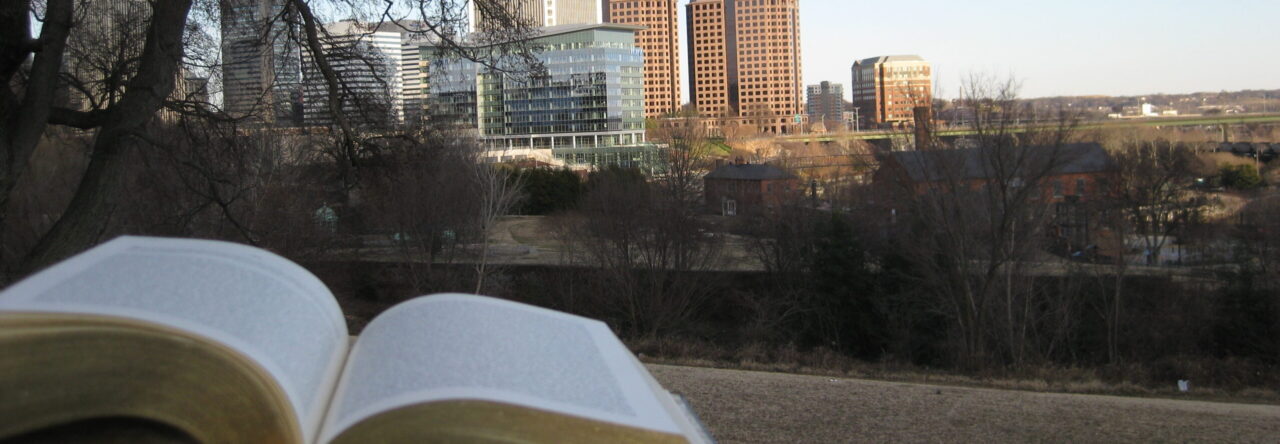After talking about the importance of scheduling an advising meeting and talking about the logistics of the next semester, we started conversations regarding the trip we had on Thursday. Then we took some time to read each others’ prep notes and analyzed the writings on the exhibits. According to eugenics’ beliefs, the white race was considered supreme leading to severe discrimination against the black race or other minorities. An interesting notice was rewriting Africa with different characters a microaggression that connects even to modern societies within Richmond. Looking forward to making change, the memorial is a symbol incentivizing locals and or even people who drive by to know about Richmond’s Unhealed history. More specifically, the planting of new trees next to the memorials is a way of reclaiming history and giving hope for change and healing. Except for these, we analyzed how the concept of slavery is approached in Texas and other states, where many topics are avoided or perceived through really superficially not trying to face reality and acknowledge history. That brings us to the general conclusion regarding storytelling; the ways many stories are being not heard or not even spoken even though they carry significance. An example of that would be the location of the tavern being next to the place where slaves would be tortured highlighting the views of white superiority. How were kids grown up in such an environment and what are the effects of such an abusive environment on the next generations? We continued analyzing eugenics by pointing out examples of measuring scalps or analyzing food consumption statistics to prove the superiority and inferiority of races based on pseudoscientific beliefs and false claims.
In the final part of the class, we went through the assignment of the mid-term portfolio, emphasizing the purpose of the assignment and the way students should approach it by analyzing the rubric.
